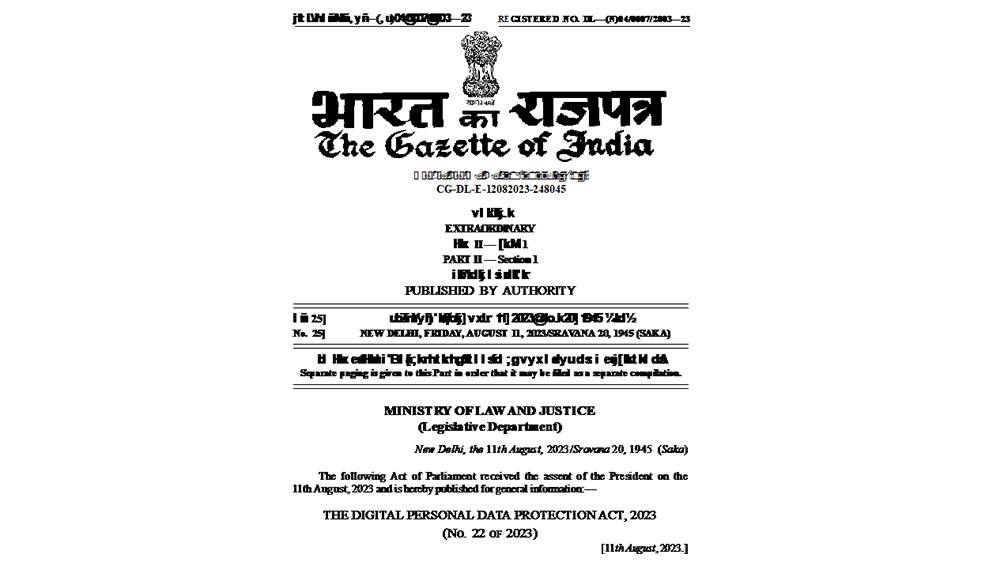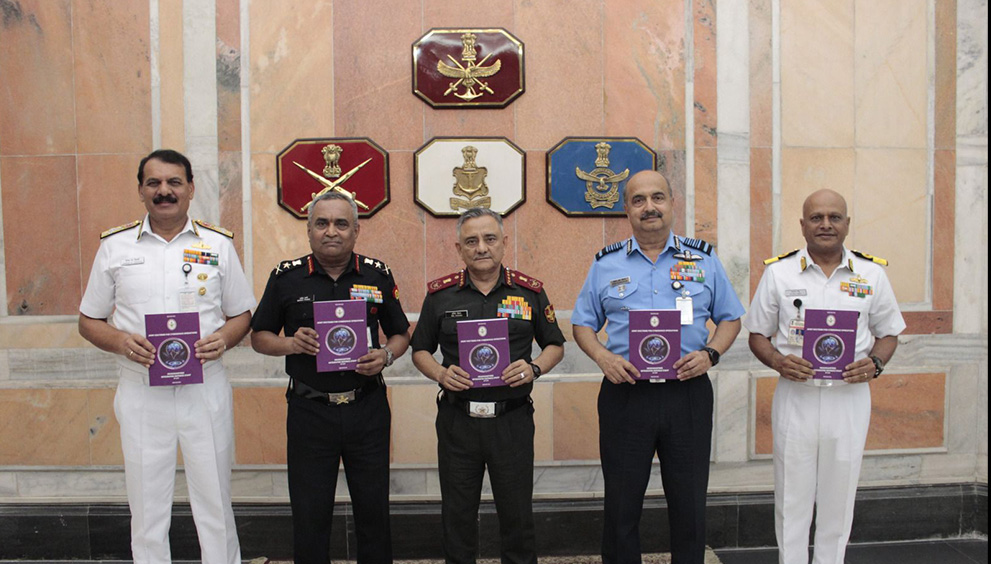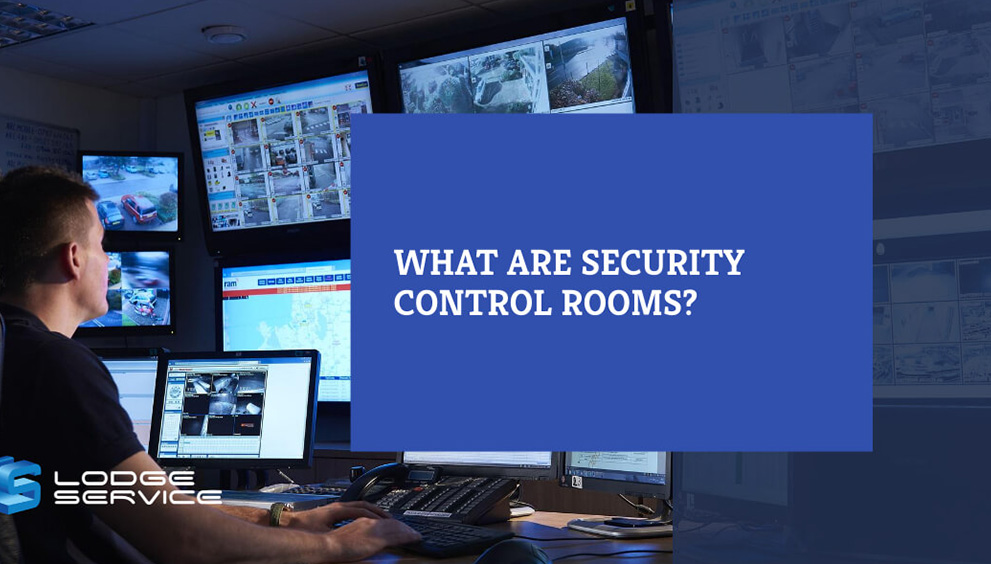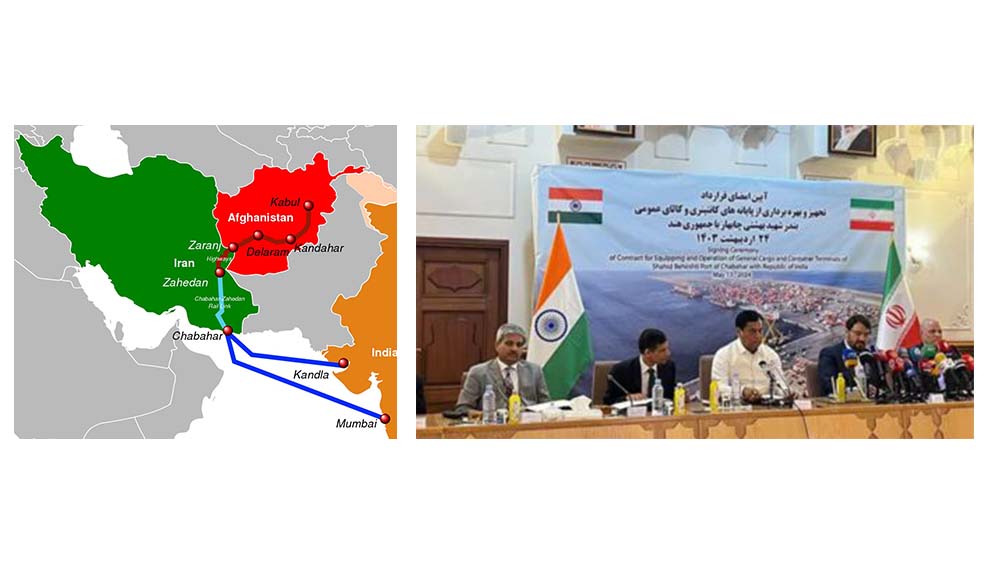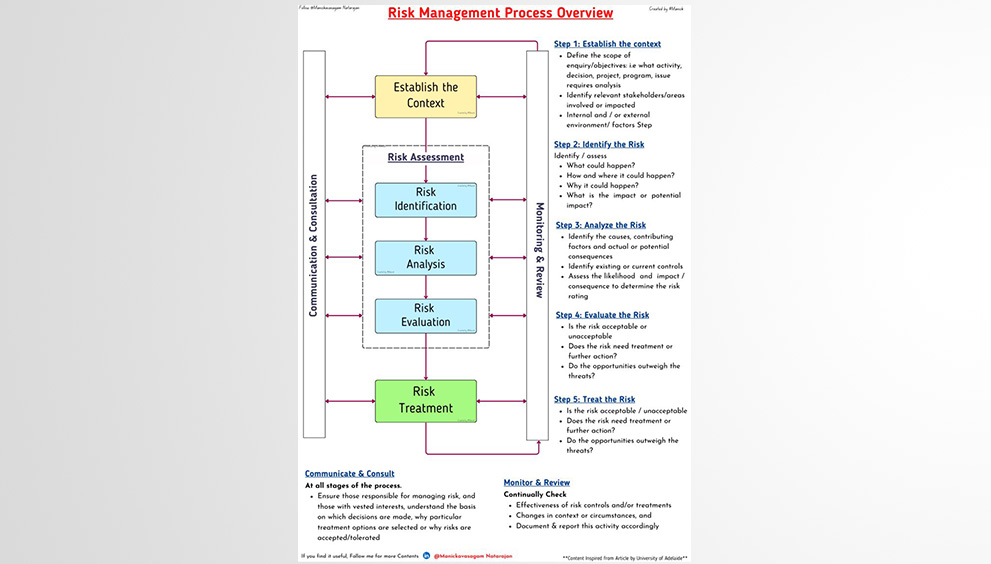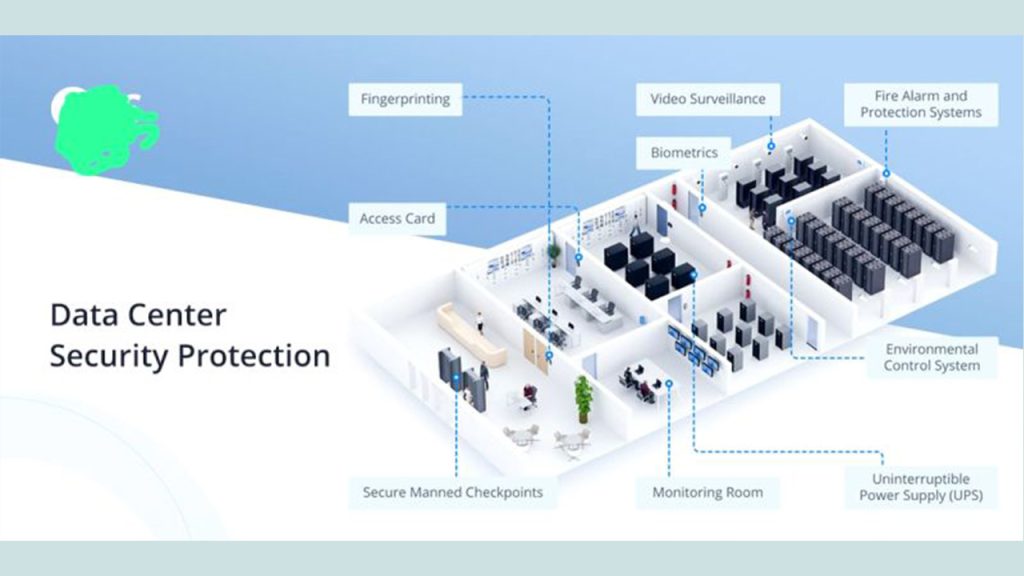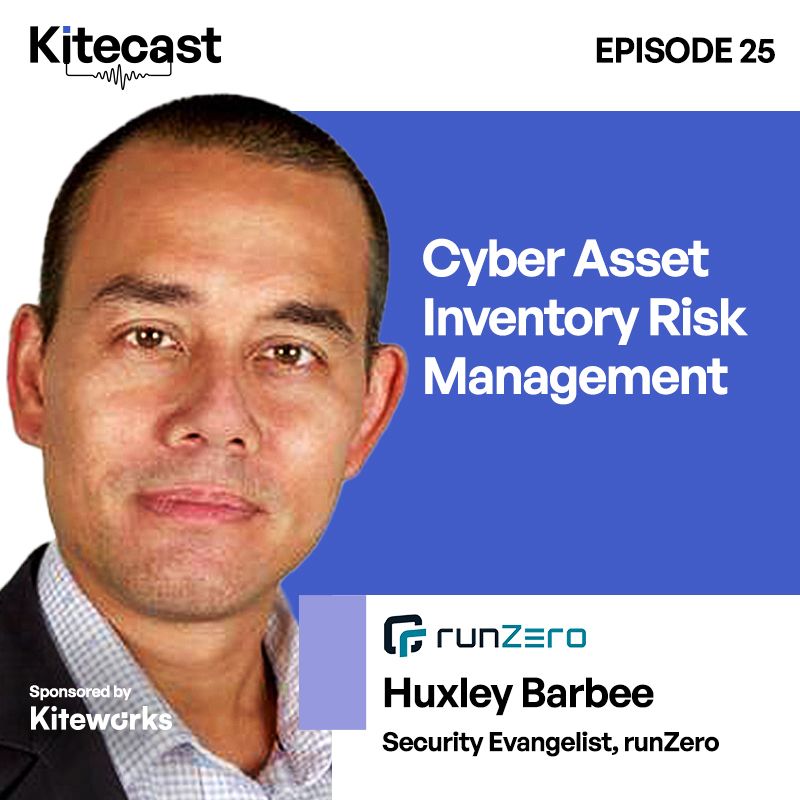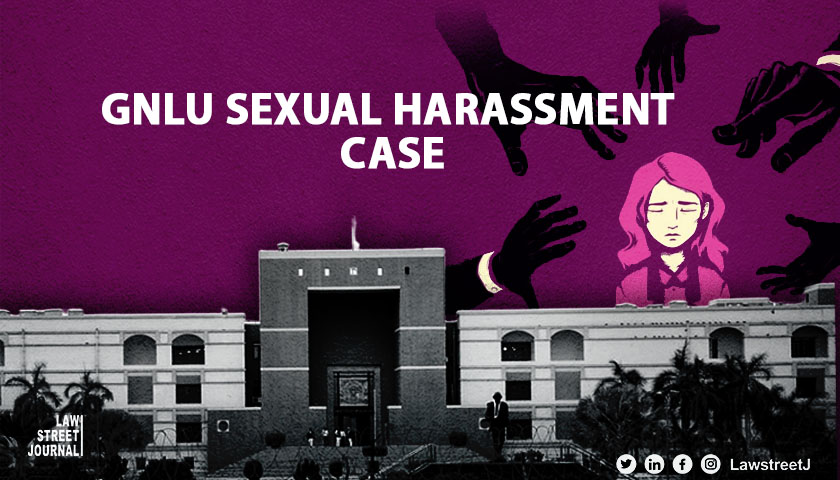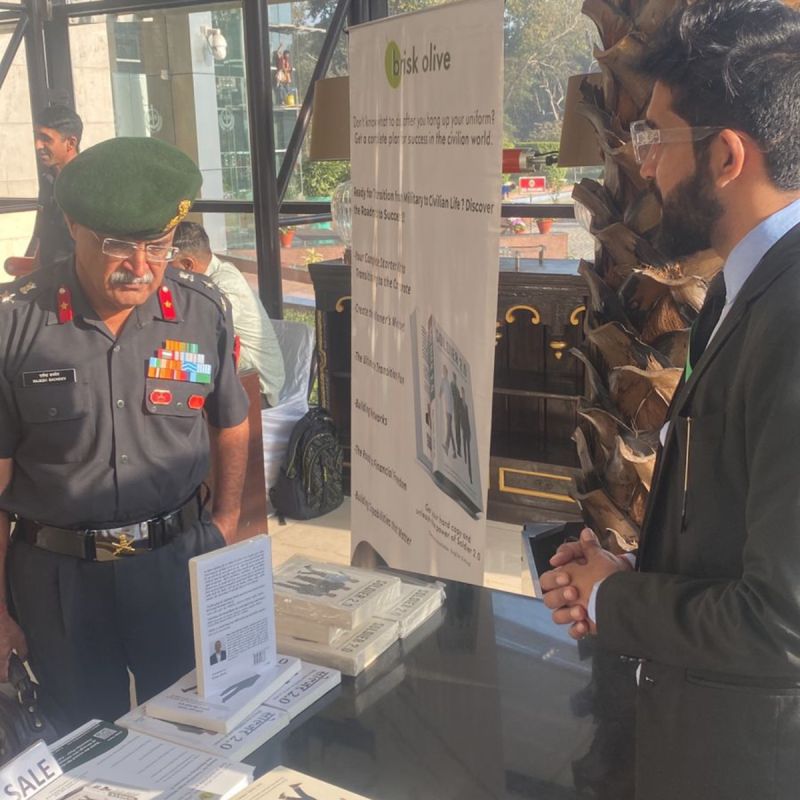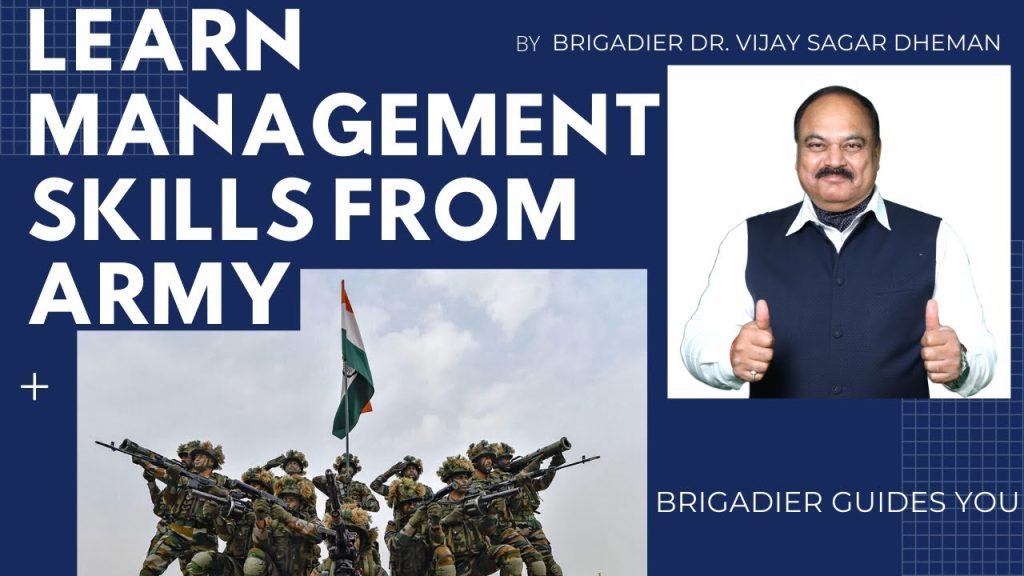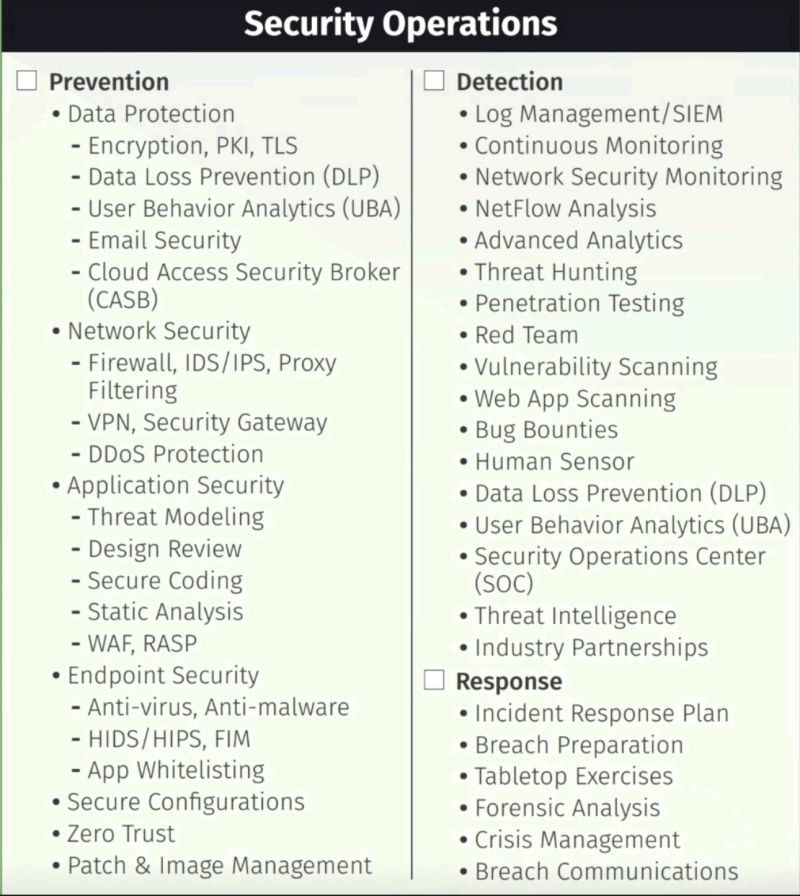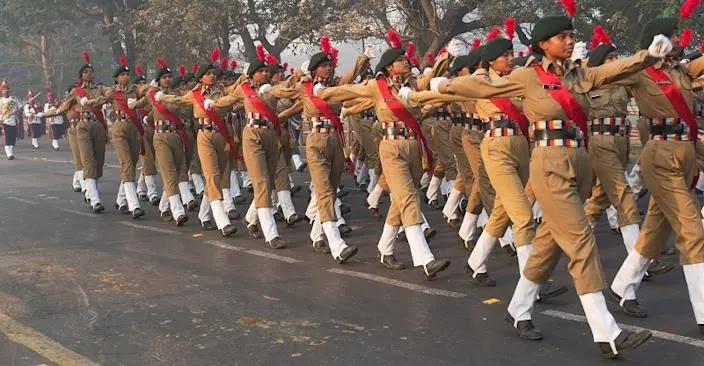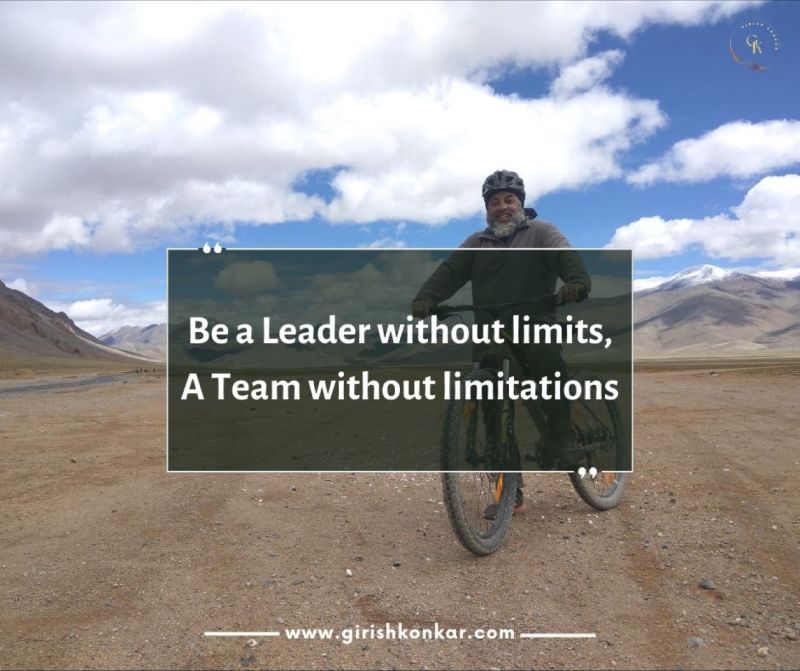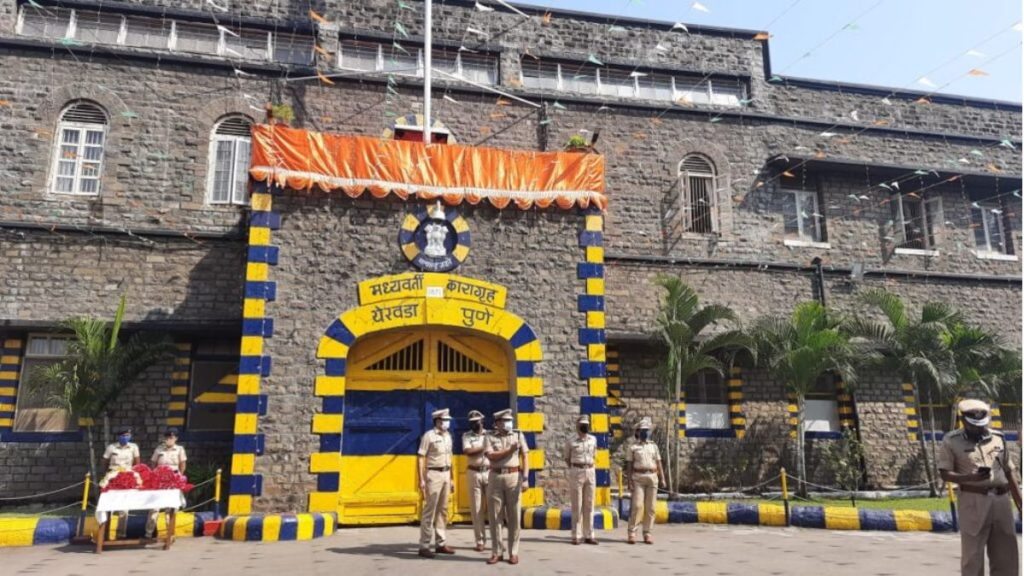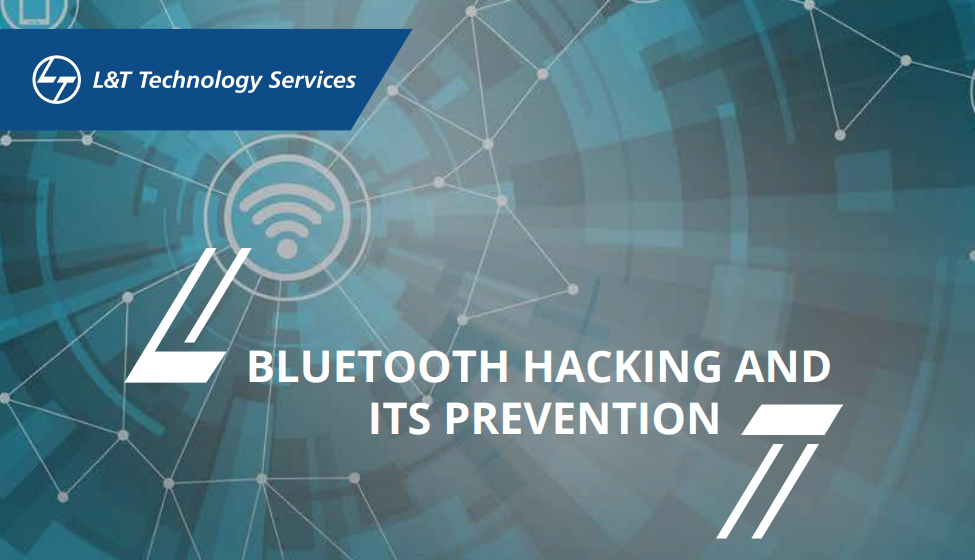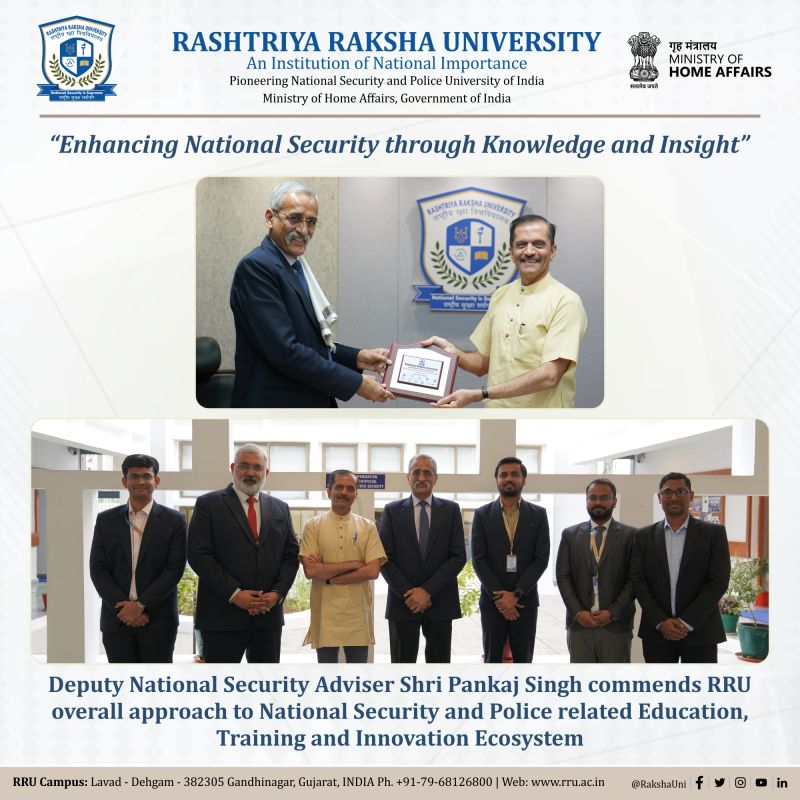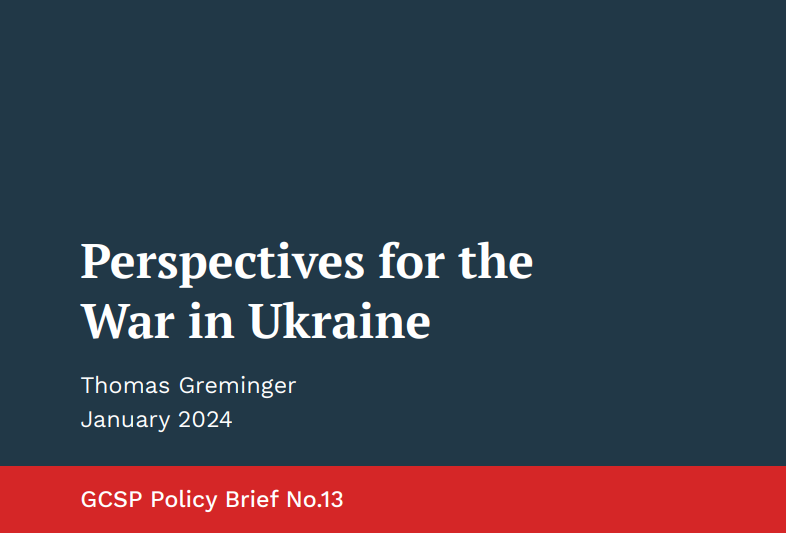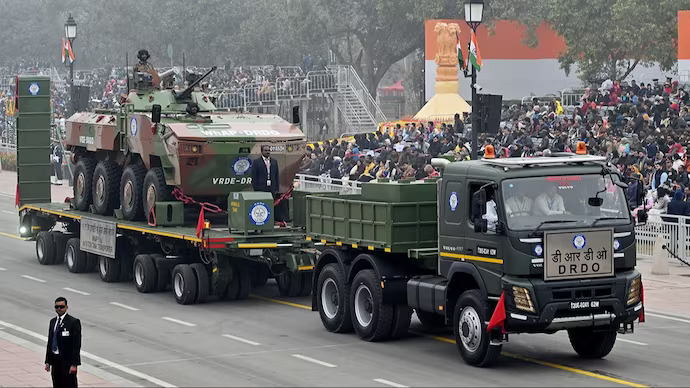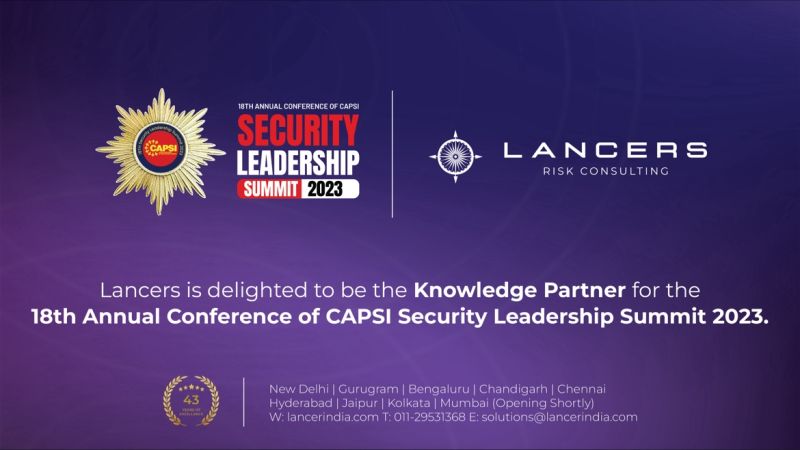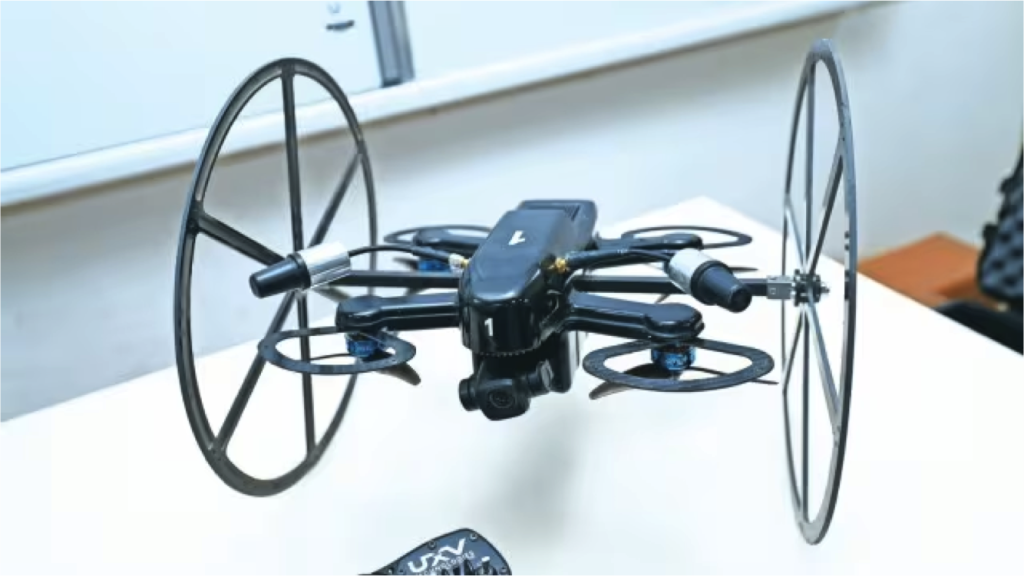Executive Protection – An Art of protection

Executive Protection An Art of protection
Executive protection can be effectively used to avoid real threats such as assassination, kidnapping, extortion, street violence, attacks by individuals with mental illness or extremists, road accidents, workplace violence, embarrassment (deliberate or accidental), unintentional injury, illness, or medical emergencies faced by many executives. Executive protection is primarily a mental exercise. Therefore, anyone who is intelligent, trained, and physically fit can provide protection, making EP an expert’s game where anyone can become proficient. It is a preemptive measure against confusion and exposure.
Some critical terms for EP are:
● The person who provides in-person, close protection services, accompanying the executive by walking, riding, or flying, is usually referred to as the EP specialist (EPS).
● The person or group for whom EP is conducted is referred to as the Principal/Subject.
● Advance: In executive protection, an advance involves researching a destination before the principal arrives. This requires a member of the protection team to physically go to the destination and prepare the way. Advance work applies not only to long-distance travel but also to any location the executive intends to visit, even if it is nearby.
● Making the vehicle sterile and sanitizing it involves searching, scanning, checking, and finding a suitable vehicle for the purpose.
● The choreography used by the EP specialist to move with the subject is called “working the principal.”
● Vanguard originates from the Anglo-French term “avant-garde,” meaning “before” and “guard.” In medieval times, it referred to the troops leading the army. In EP, it refers to the group leading an action, indicating who is moving ahead.
Quintessential of an EP program include:
● Crisis management plan: Essential during the pre-planning stage.
● The favored approach in professional executive protection is to draw minimum attention to the principal and protector, maintaining a low profile.
● EPS should develop a mindset focused on preventing and avoiding trouble rather than confronting it.
● “Be one step ahead” approach: EPS should anticipate threats by keeping the itinerary handy and being mentally prepared.
● “Know before you go”: Conduct internet research and obtain professional country briefings about the destination.
● Prior to the trip, conduct an advance mission to the destination, establish contacts with local security and law enforcement, and perform a site risk assessment.
EPS must anticipate probable scenarios and practice reactions physically and mentally, including protective movements, quick escapes, and driving skills.
The six principals of EP are:
● Prevent and avoid danger.
● Anyone can protect anyone; size doesn’t matter.
● Avoid being distracted (do not stop to think).
● Keep the principal out of trouble.
● Balance security with convenience.
● Rely on intelligence rather than technology.
In dangerous situations, EPS should prioritize quick, instinctive reactions over thoughtful deliberation. It’s crucial to move the principal out of harm’s way swiftly, shield them, and remove them from the area. EPS should not engage in combat unless absolutely necessary.
EP risk analysis should cover potential harm to the executive, adversaries’ methods of obtaining information, likelihood and impact of threats, and the type of protection required.
Advance work is crucial in reducing the executive’s exposure by smoothing logistics, allowing for seamless transitions during travel.
EPS adhere to a three-part security concept:
● Maintain a low profile.
● Avoid problematic situations, people, and areas.
● Know the action plan in case of trouble.
Key actions by EP specialists include:
● Act within arm’s reach of the attacker to immobilize them.
● Sound off about the type and direction of a weapon to alert others.
● Cover the executive’s body with their own.
● Evacuate the executive to safety, emphasizing the priority of getting them out of danger

 Member Login
Member Login 






